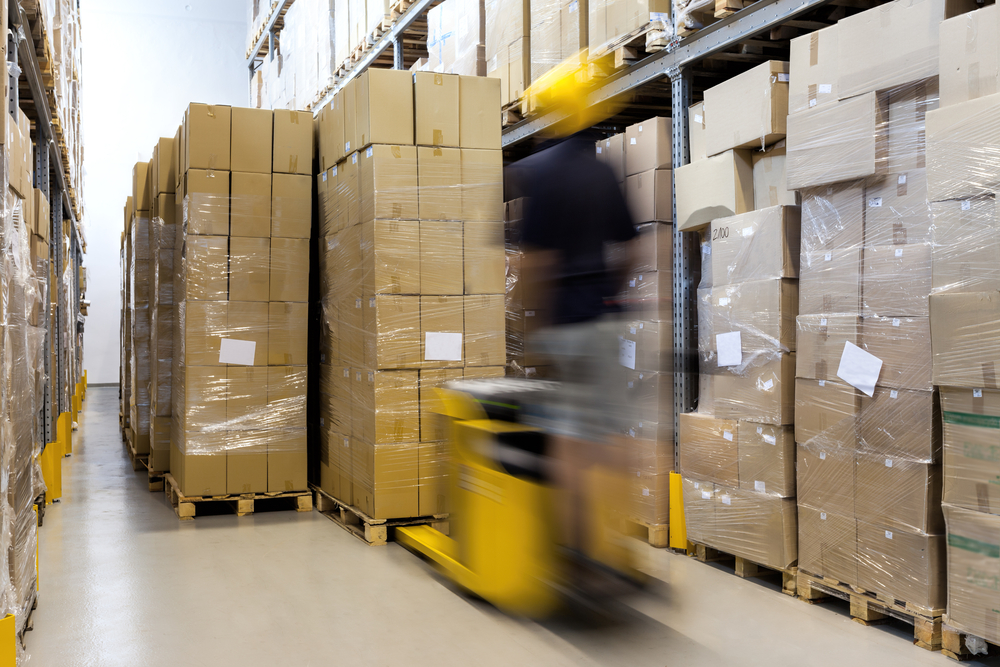Food traceability is your ability to track the movement of food products (e.g. raw materials) along the supply chain (including production, processing and distribution).
But implementing a proper food traceability system isn’t that simple. Before you start building your system, you must first overcome challenges such as:
- Managing and analysing large amounts of data (which can be time-consuming)
- Meeting the increasing consumer interest in knowing where their food comes from (helping them make more informed, healthy and sustainable food choices)
- Complying with strict legal regulations (local, national and international laws can vary greatly from each other)
In this blog, we list the steps to implementing food traceability and highlight four key characteristics of an effective food traceability system.
Steps to implementing traceability
Building an effective traceability process is a steady one. While it might be tempting to fast-track deployment to meet short-term goals, it can be very disruptive to your processes and people.
Here’s how to approach each step.
1. Define targets
Start with determining the actual situation in your company – pinpoint weak spots and understand what you want to achieve with traceability. Do you need faster recalls? Improved food safety? Or are there new laws/regulations that you have to comply with?
2. Conduct research
Thoroughly research and gain an understanding of the relevant sustainability issues and risks associated with them. From this, you’ll know if building an effective traceability system is an appropriate strategy for your business.

3. Build a case
Use the information gathered from the previous step to convince your teams that building a robust and efficient recall system is crucial to reaching your business goals.
4. Identify the right model
Find a traceability model that aligns with the particular needs of your business. This links back to the first step – faster recalls? Improved food safety? Jump back to the first step to read more.
5. Get started
Start using the necessary tools to get your traceability initiative started. Regularly communicate with stakeholders to ensure your business strategy and their expectations remain aligned with the project.
Four characteristics of an effective food traceability system
Now that we’ve covered the steps to implementation, let’s look at the criteria for an effective food traceability system…
1. Detailed documentation
You need detailed records on hand at all times for recall purposes and if the FSA (Food Standards Agency) inspect your facilities.
Depending on the food products you’re selling/manufacturing/distributing and the size of your business, your records should include:
- Contact details of all your suppliers (names, addresses, phone numbers, etc)
- List of the food products they provide you
- List of product information along with quantity, origin, delivery and expiry dates
- Lot identification data to help tracking
- Contact details of customers you supplied to (supermarkets, restaurants, individual customers, etc)
2. Efficient Lot tracking software
High-quality Lot tracking software will allow you to track everything from raw food ingredients to finished products in real-time, regardless of where they are in the distribution process.
Plus, you can monitor product expiry dates and act against expired products by stopping them from reaching your customers, reducing your losses and avoiding recalls.
Lot tracking and inventory management software also allows you to automate and streamline your inventory processes, helping you manage your inventory more efficiently. This is thanks to:
- Improved insights – easily spot sales trends or track recalled products
- Reduced risk of overselling – track what’s in stock and what’s on backorder to avoid overselling products
- A more organised warehouse – organise items based on demand or what items are often sold together to reduce labour costs and speed up order fulfilment

3. Ability to respond quickly
With a proper food traceability procedure in place and access to real-time analytics, you can act swiftly if you need to do a product recall.
Take Hormel Foods, for example. In 2018, they recalled more than 228,000 pounds of their Spam product due to metal contamination. Thanks to their batch tracking system which used specific product codes for different batches, Hormel Foods could react quickly. As a result of their prompt action, no customers suffered any major health issues.
This is one of the hallmarks of an effective food traceability system – because Hormel Foods had a great Lot tracking system in place, they could take swift action to correct the problem.
4. Be open and honest with your customers
A recall can damage your company’s reputation if you fail to follow the proper food traceability procedures. Batch tracking systems will give you all the information needed to analyse how efficiently your production lines are working or spot potential issues.
And it’s what you do with this data that’s important. For example, you’ll get access to crucial information about every contaminated product within a batch, ensuring you can recall products quickly and easily.
Automatic batch tracking also allows you to enter information that’s generated across all products within your batch. In the event of a recall where time is critical, you’ll have this information ready at your fingertips, helping you react swiftly and with precision.
So, make sure you follow procedures such as alerting the appropriate authorities and letting your customers know – after all, it’s their health and safety which is at risk.
Your best practices guide to food traceability
It’s clear that food traceability is crucial for compliance as well as ensuring the safety of your customers. That’s why you need to find the most robust solution on the market designed with your needs in mind.
In our guide, we introduce you to the ultimate food solution, as well as discuss the challenges associated with achieving effective traceability and the impact traceability has on recall prevention.

